Category: Kansas state government
-
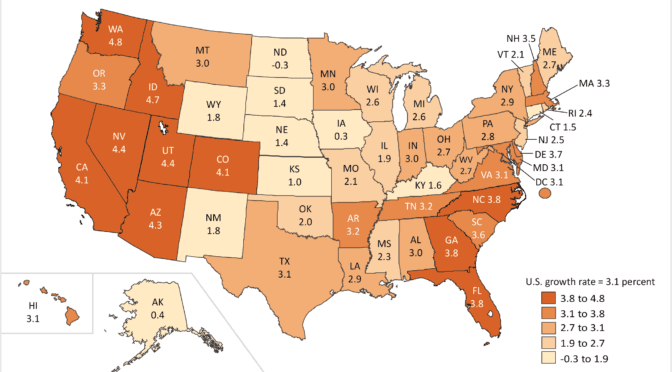
Kansas personal income
Personal income in Kansas rose in 2017 at a rate one-third that of the nation.
-

Kansas government data may not be available
There is a movement to increase the transparency of government in Kansas, but there’s much to be done, starting with attitudes.
-
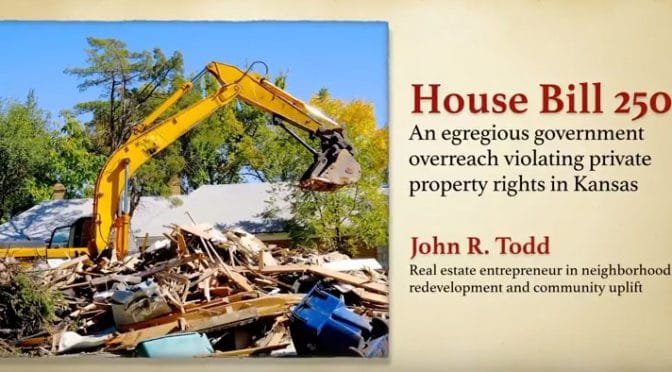
Property under attack in Kansas
Local governments in Kansas are again seeking expanded power to seize property.
-

What Was Really the Matter with the Kansas Tax Plan
Tax relief opponents have repeatedly pointed to the 2012 Kansas tax plan as their primary example of why tax cuts do not work. But, other states like North Carolina, Indiana, and Tennessee contemporaneously, and successfully, cut taxes. What was different about the Kansas experience?
-
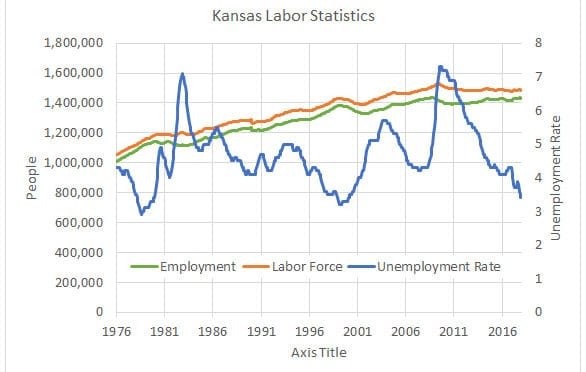
Unemployment in Kansas
New Kansas Governor Jeff Colyer proudly cites the low Kansas unemployment rate, but there is more to the story.
-
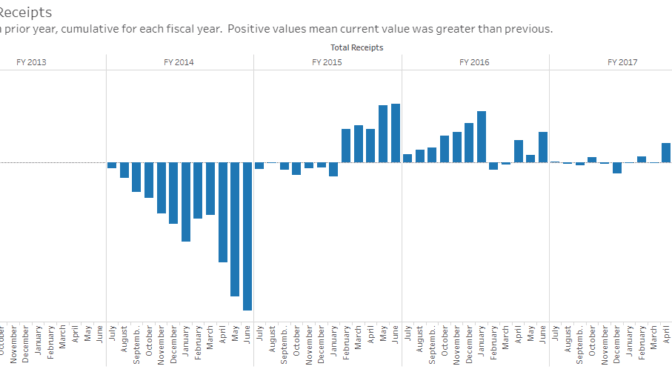
Kansas tax receipts
News about Kansas tax receipts for November 2017, along with an interactive visualization.
-

PEAK benefits across Kansas
The use of PEAK, a Kansas economic development incentive program, varies widely among counties.
-
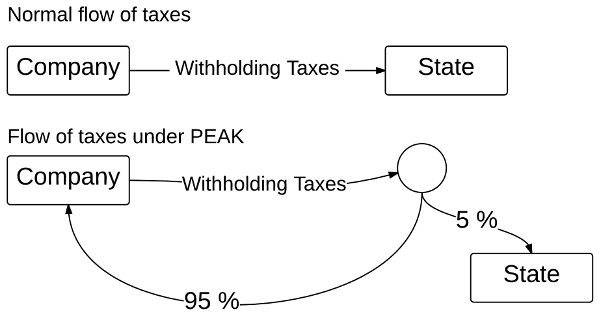
PEAK, or Promoting Employment Across Kansas
PEAK, a Kansas economic development incentive program, redirects employee income taxes back to the employing company.
-
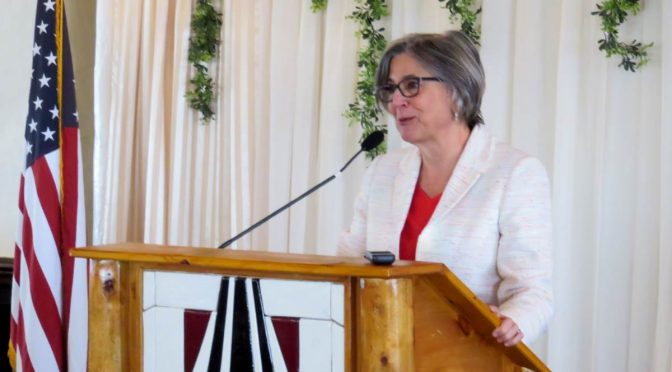
From Pachyderm: Kansas Senate President Susan Wagle
Kansas Senate President Susan Wagle addressed members and guests of the Wichita Pachyderm Club on November 10, 2017. School finance and the Kansas Supreme Court was a prominent topic.
-

Kansas hotel tax collections
Kansas hotel guest tax collections presented in an interactive visualization.
-
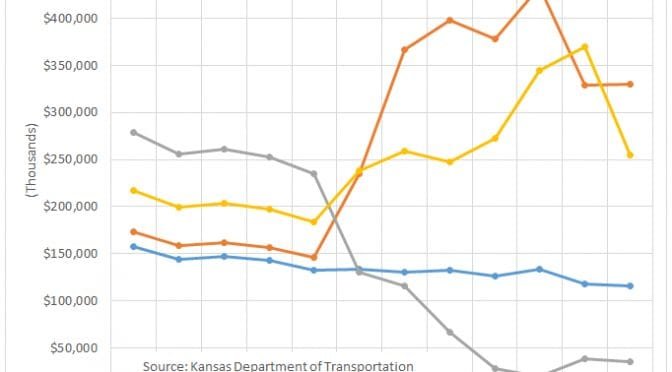
Kansas highway spending
A look at actual spending on Kansas highways, apart from transfers.
-
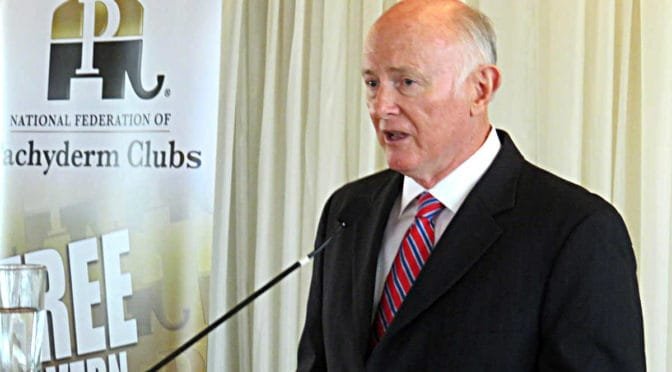
From Pachyderm: Kansas Secretary of Revenue Sam Williams
From the Wichita Pachyderm Club: Kansas Secretary of Revenue Sam Williams.